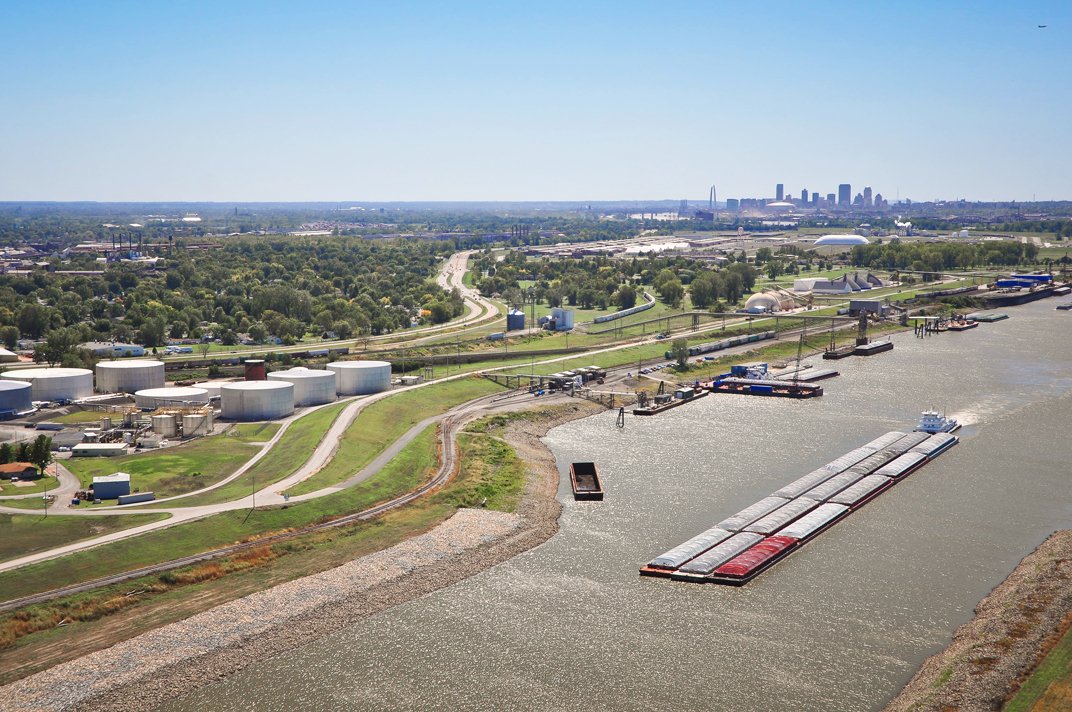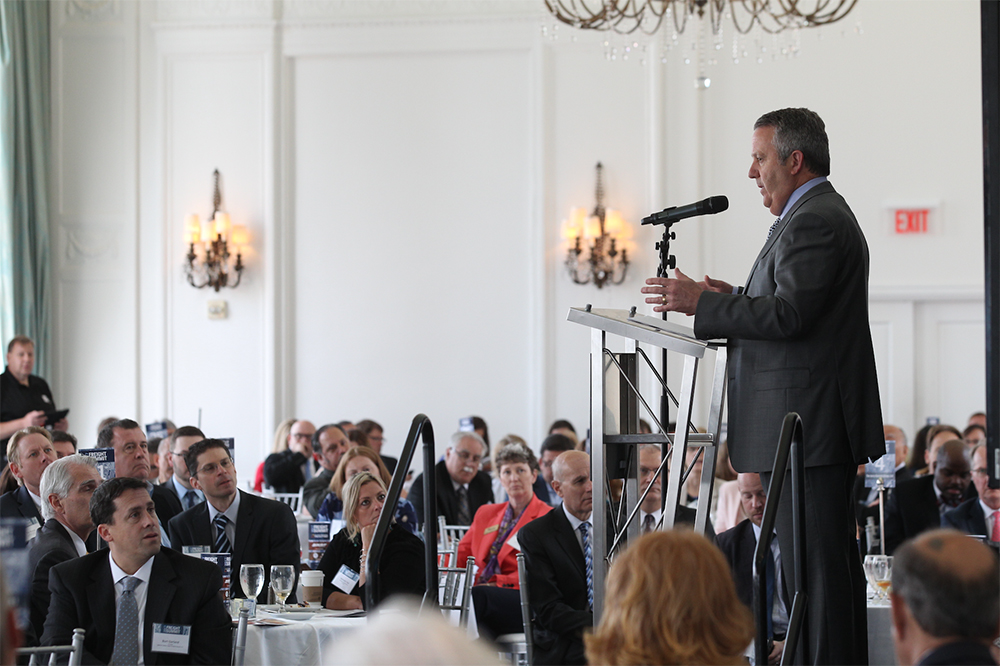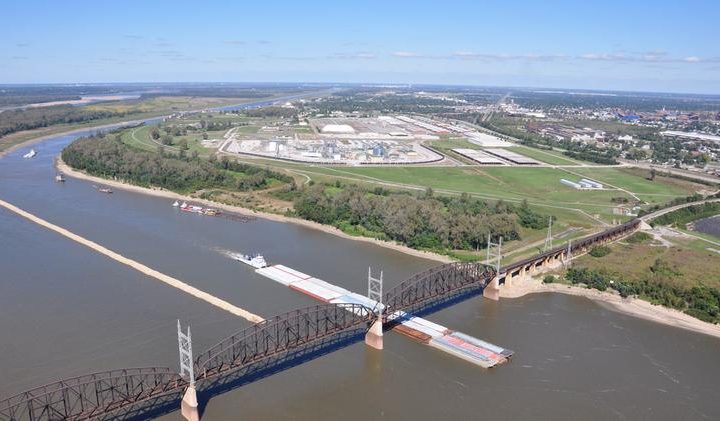
As production and demand for commodities like corn and soybeans continue to increase, the St. Louis region is strategically positioned to handle a significant portion of the expected increase in freight volume along the Mississippi River. That was one of the key findings revealed August 10th during a panel discussion at America’s Central Port in Granite City, Ill., with David Jump, president of Cahokia, Ill.-based American Milling. Jump, who has more than 30 years of experience in the handling and transfer of grain along the Illinois and Mississippi Rivers, described the St. Louis region as “a rail and interstate highway gateway.” “It is more cost-effective to move commodities into, out of, and through St. Louis by combinations of truck, rail, and barge than points upstream on the Mississippi and Illinois Rivers,” said Jump, citing the more efficient infrastructure and handling capacity offered via the region’s open waterways and barge transfer facilities as the reason. “The four highest capacity grain barge loading facilities in the entire inland waterway are in Cahokia, Ill. Three of the four were built in the past five years. As a result of increased handling capacity and favorable barge freight values, the St. Louis region has become a very significant destination for these trains.” The region’s ability to handle more barge freight traffic comes at a pivotal time as the demand for exports continues to increase. Jump noted that U.S. soybean exports have increased from 20 million tons to 57 million tons over the past 30 years, and corn exports increased from 32 million tons to 57 million tons. The St. Louis region is seeing a direct economic impact as a result of this increase and its capacity to handle additional amounts of grain and agricultural products. “In 1985, more than 5 percent of grain barges arriving in the New Orleans Harbors were coming from the St. Louis region, and now, that number has increased to about 30 percent,” said Jump. “The factors that are forcing growth in the St. Louis region are not going away. There is nothing on the river like the St. Louis region.” Jump said while cargo handling capacity in the St. Louis region is booming, rail switching capacity is stretched. In order to keep up with demand, the Freightway believes it is vital for the bi-state region to continue to invest in multimodal infrastructure as additional rail and truck traffic begins to cross the region.





